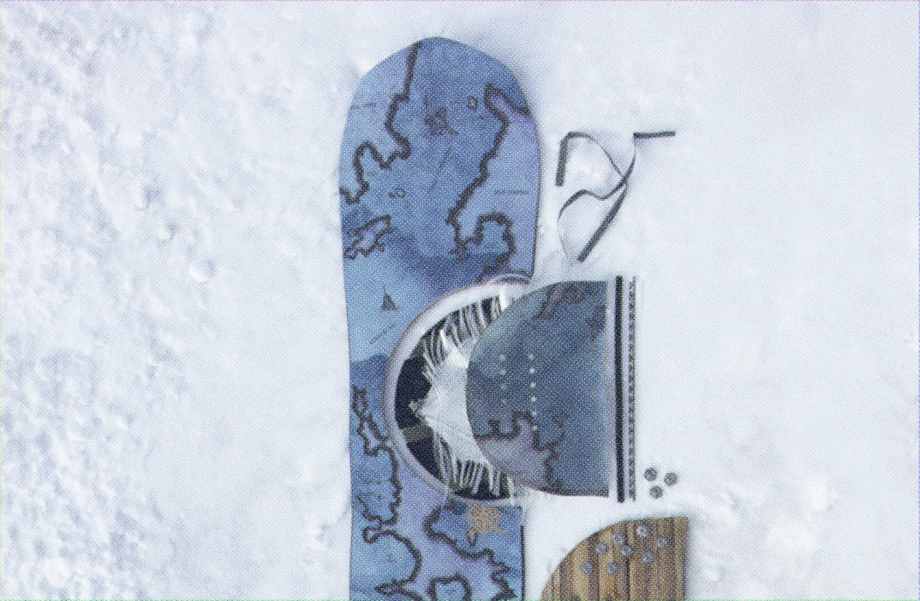Disassembly
004
Products that can easily be taken apart; recognizing the value of each component.
“How can we start from the beginning, from the design process, in the way that we can take things apart easily and recycle them?”
—Oksana Ani, Senior Designer, Apparel Knit, Mens

Thought Starters
Consider your brief or project aims. What are the required, benchmark and/or ideal threads, adhesives, eyelets, joinery, and closures?
How could you design for personalization via changeable/modular component options?
How easily can these components be disassembled? What is the impact of their disassembly? (Consider tools, technology, and chemistry needs.)
How could material choices that easily disassemble affect durability?
Can a component be removed and the product still perform to expectations?
How could the whole product be given a second life?
How could each component be upcycled, recycled or downcycled at the end of the product life cycle? Does each component have value apart from the whole product?
Will a consumer be able to disassemble the product? If not, are there easy (I.e. would you prioritize it in your schedule) methods to return the product to the brand or a third-party for disassembly and recycling?
How could your design integrate recycled materials and components to drive their market value?
Case Study



Every product Niche makes generates zero-waste in manufacturing and all components are recyclable at the end of life. In traditional ski and snowboard manufacturing, 5-40% of raw input materials are wasted, ending up in a landfill. Recyclamine® curing agents are the only epoxy hardeners available that enable full recyclability of thermosetting epoxy resins. The resins within the snowboard can be dissolved and broken apart using a chemically benign solution, enabling us to harvest all structural components and materials. These materials can then be recycled, repurposed, or upcycled to create other new products.